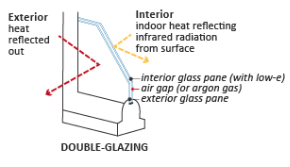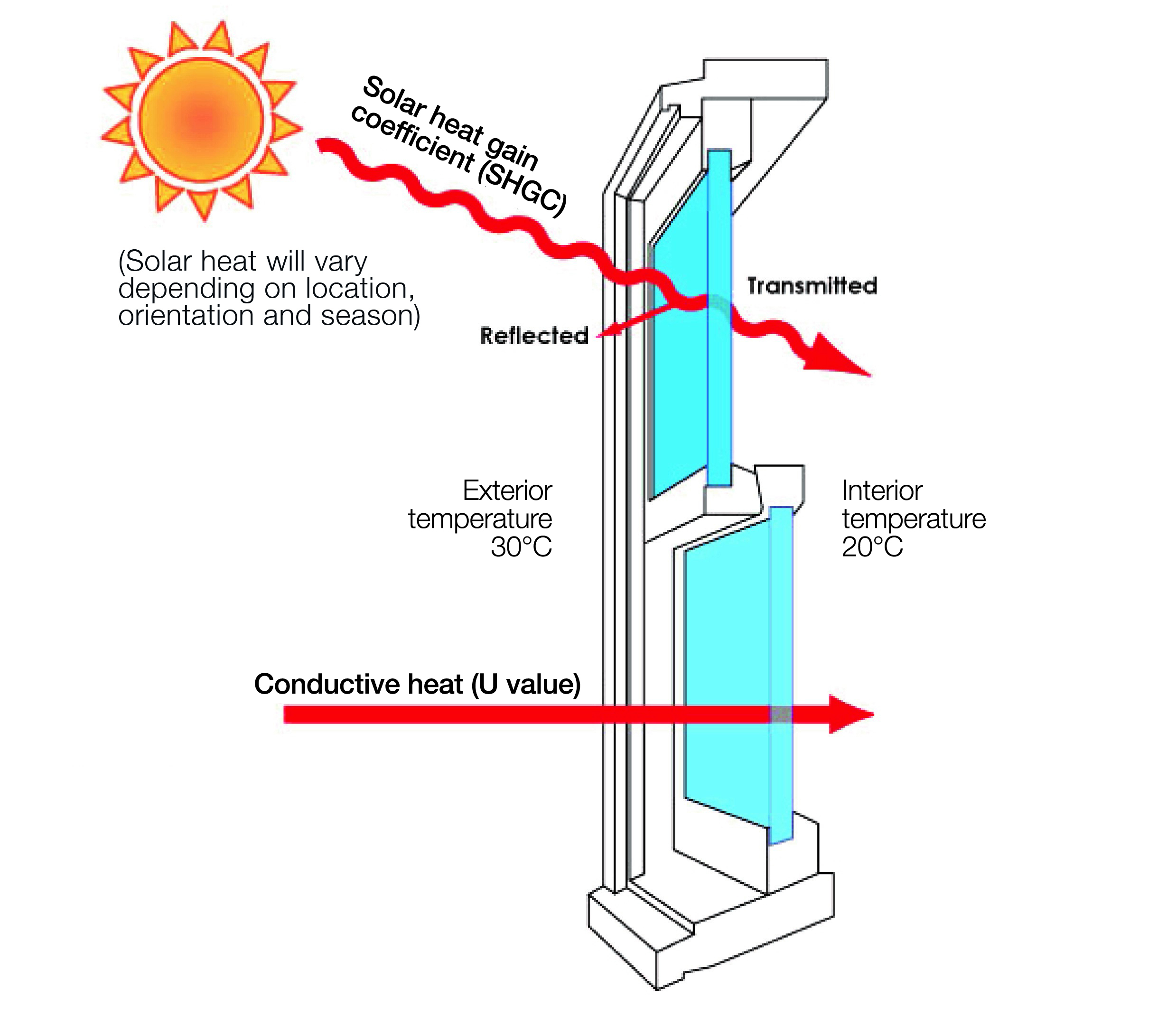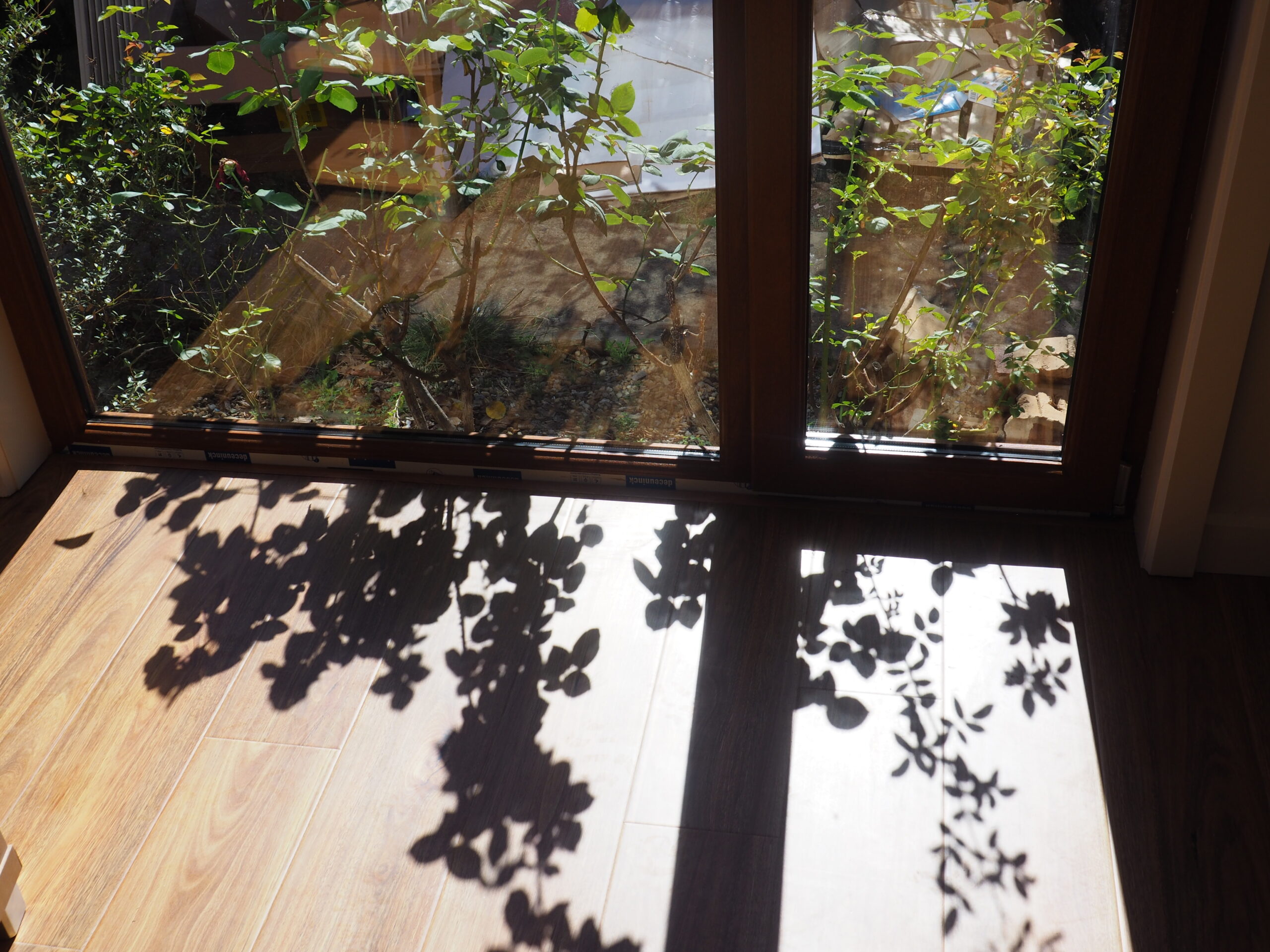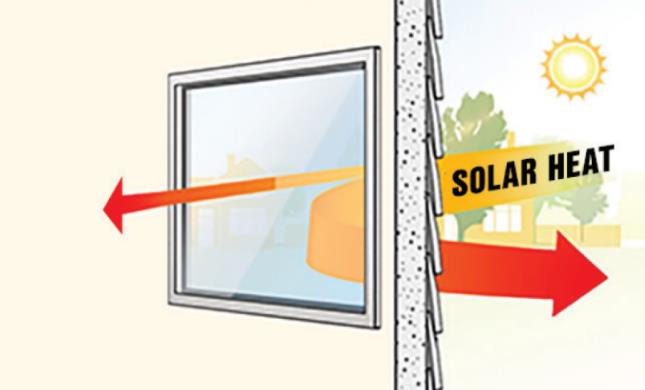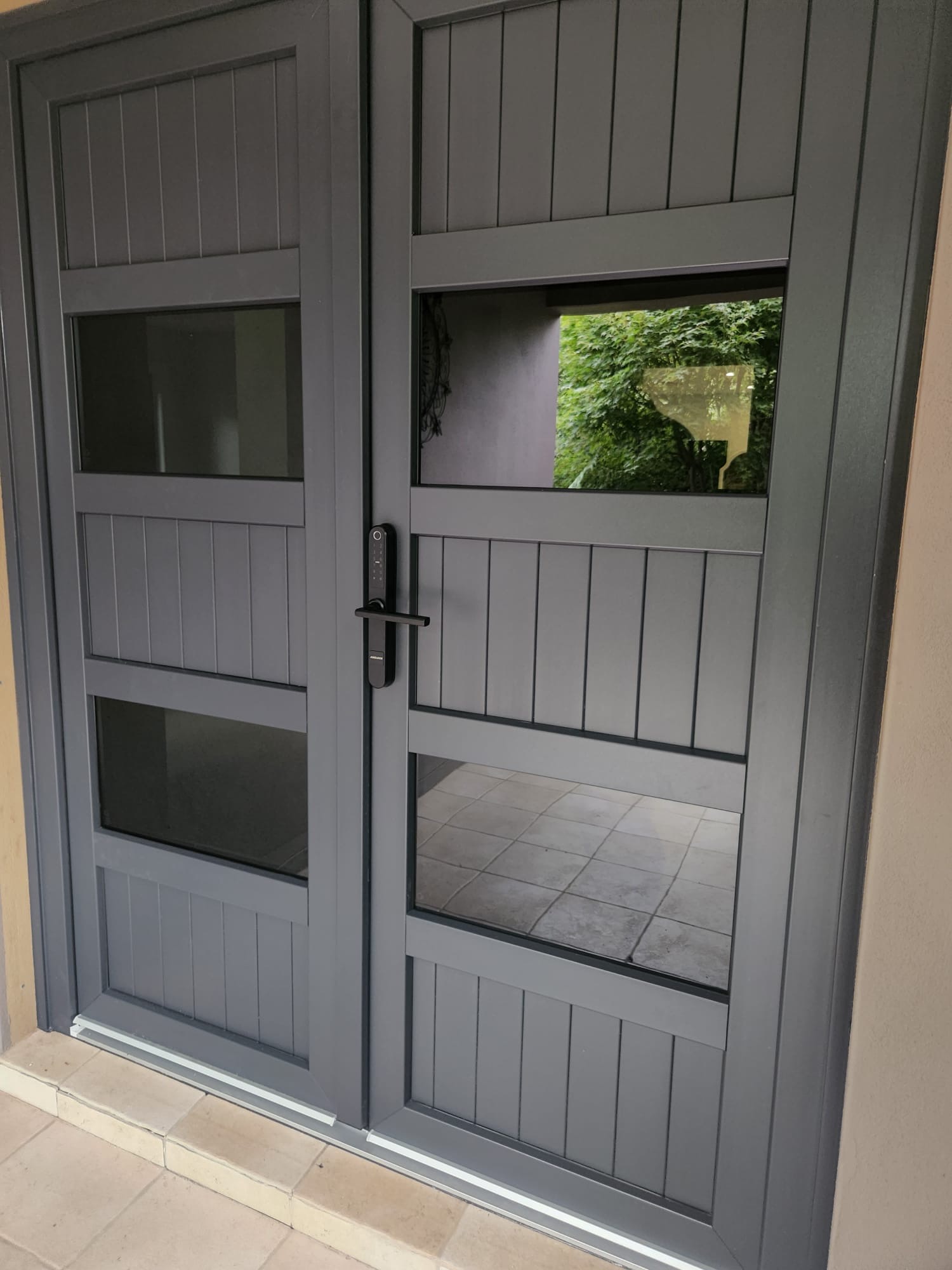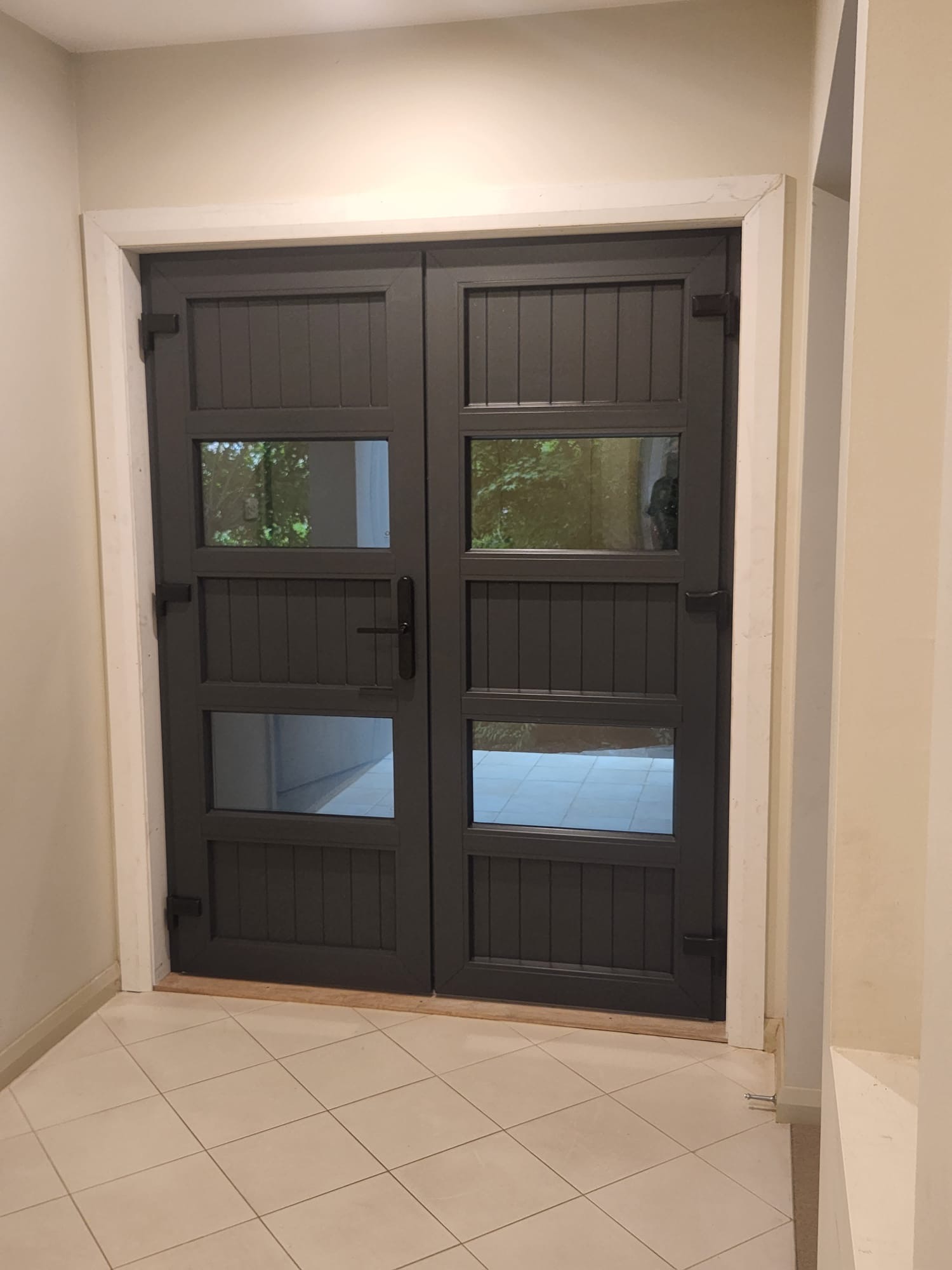Exploring Low-E Glass
When it comes to double glazing, there are various glass types available depending on your specific performance requirements. You may have come across the term ‘Low E glass’ but what does it really mean? In this blog post, we will explore what Low E is and how it can be beneficial for your home in Canberra where we experience chilly winters and scorching summers.
What is Low-E Glass
Low-E glass, short for Low Emissivity glass, is an innovative coating applied to the glass that has been assisting homeowners achieve better thermal control. To understand Low-E glass, let’s first look at the energy emanated by the sun called the solar spectrum. Ultraviolet (UV) light, visible light, and infrared (IR) light are positioned in different parts of the solar spectrum. The variations between the three are decided by their wavelengths.
When reporting to glass performance, Ultraviolet (UV) light falls within the wavelength range of 310-380 nanometers and is responsible for the fading of interior materials like fabrics, flooring and furniture. Visible light, on the other hand, encompasses wavelengths from approximately 380 to 780 nanometers.
Infrared light, also known as heat energy, penetrates buildings and begins at wavelengths of 780 nanometers. Solar infrared, often termed short-wave infrared energy, contributes to this heat transmission. Additionally, heat emanating from warm objects has longer wavelengths than solar infrared, categorising it as long-wave infrared radiation.
Low-E glass is designed to minimise the amount of ultraviolet and infrared light, reducing heat transfer through windows and doors. The term “emissivity” refers to a material’s ability to emit radiant energy. Radiant energy is a form of heat transfer that occurs through windows and doors, and one way to improve the insulating properties of a window is to reduce the emissivity of one or more of its glass surfaces.
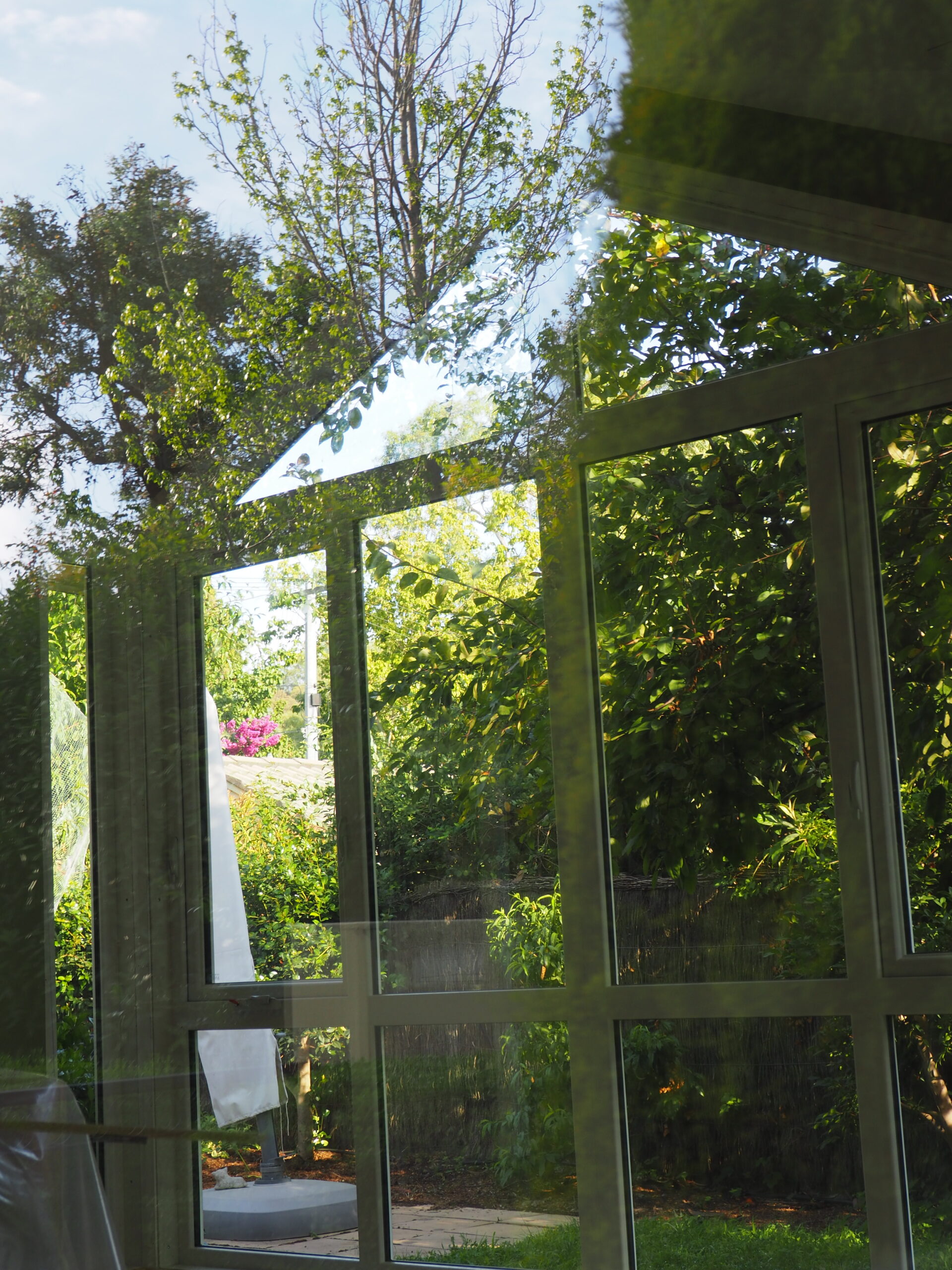
How does Low-E Glass Work?
Low-e glass is manufactured with thin atomic layers of silver and metallic oxide coating applied to the surface of the glass. This coating, also known as a “soft coat” is virtually invisible but serves to reflect short-wave infrared heat radiation back towards its source. During the winter months, the low-e coating reflects the heat back into the room, reducing the radiant heat loss through the glass unit. During the summer months, the low-e coating reflects the heat outwards.
The operation of low-e glass can be compared to that of a thermos with a silver lining. A thermos keeps its contents hot or cold by constantly reflecting the temperature in combination with the air space between its inner and outer shell, like that of a double-glazed glass unit.
What does Low-E accomplish?
To measure the effectiveness of low-E glass, there are a few data points to look at: uValue, Visible Light Transmittance, Solar Heat Gain Coefficient, and Light to Solar Gain. uValue is the rating given based on how much heat loss the window allows. The lower the uValue, the better the insulation properties. Visible Light Transmittance, also known as VLT, measures the amount of light that passes through the window.
Solar Heat Gain Coefficient (SHGC) refers to the amount of solar radiation a window transmits. It is the fraction of incident solar radiation that gets admitted through a window, both directly transmitted and absorbed & re-radiated inward. The lower a window’s solar heat gain coefficient, the less solar heat it transmits.
Heat naturally moves from hot areas to cooler ones. In warm weather, the heat from the sun tries to enter our buildings, which we refer to as Heat Gain. Conversely, in cold weather, heat from inside our buildings tries to escape outside, which we call Heat Loss.
Heat always chooses the easiest path to travel from hot to cool. In a building with brick walls and aluminum windows, the clear glass and the frame material offer the easiest path as regular clear glass and standard aluminum are both great conductors of heat. This means that heat can pass through them very easily. Whereas uPVC frames are non-conductive and with double glazing offer excellent insulation. Using Low-E glass enhances the energy savings even further.
Low-E glass provides a low uValue with high Visible Light Transmittance, which maximises the amount of natural light filling the space while reducing the amount of heat that can pass through the glass. Low-e glass helps to keep interiors cooler in the summer and warmer in the winter. This can reduce energy consumption for heating and cooling, making low-e glass an environmentally friendly option that leads to lower energy bills for building owners.
Types of Low-E
There are two main types of low-e glass: passive low-e glass and solar control low-e glass. Passive low-e glass is designed to maximise insulation properties, while solar control low-e glass also includes properties to reduce the amount of solar heat gain, making it particularly useful in climates with hot summers like Canberra.
At Solace Creations, we supply three types of Low-E glass:
Low-E Plus (LightBridge)
Low-E plus is ideal for cold climates as it has maximum visible light, passive heat gain, and insulation. It is great for solar heat gain and we recommend using it for south-facing rooms on surface 3, where we don’t get much sun in the winter.
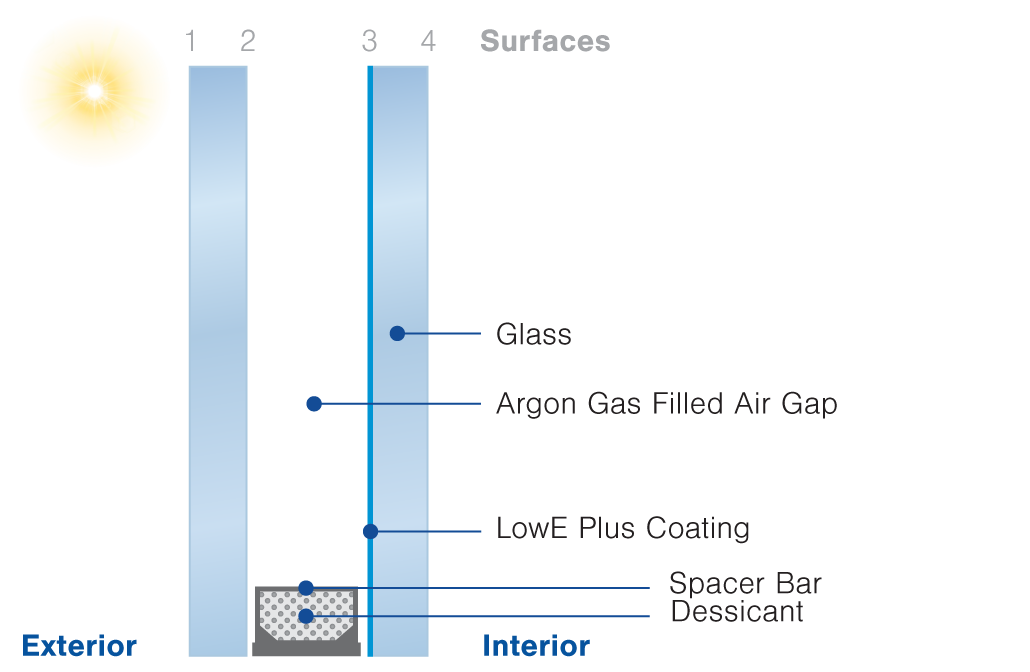
Low-E Max (Performatech)
A high-performance coating with low uValue and SHGC can offer excellent insulation and solar control, without compromising on visible light. It is particularly beneficial for rooms that do not have much shading and experience a lot of summer heat. We suggest using Low-E Max on surface 2 for west-facing rooms.
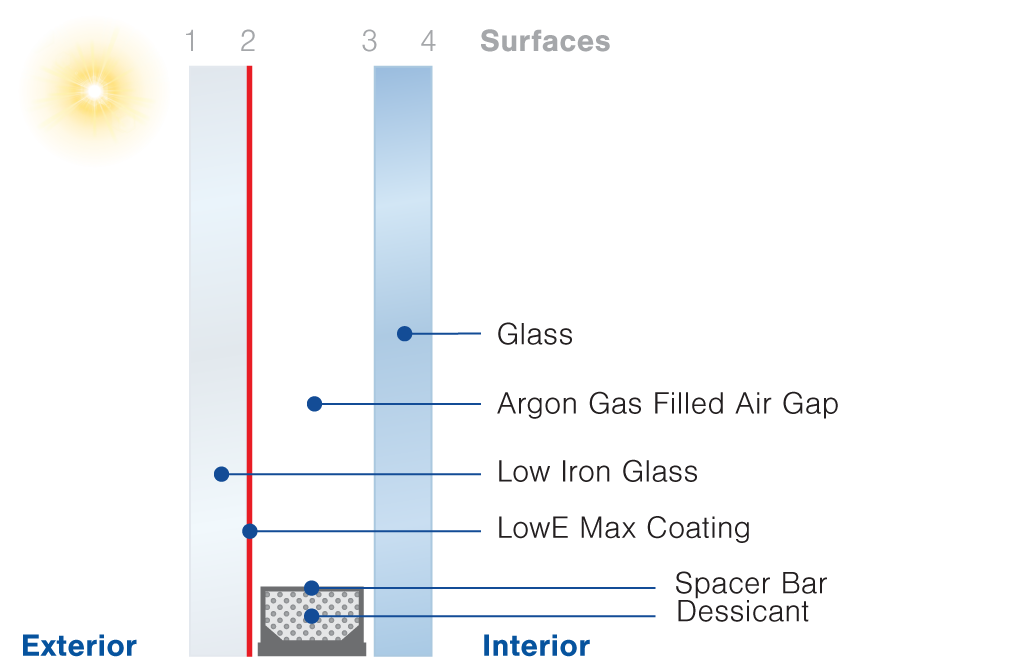
Super Grey
Super Grey glass combines a dark grey tint with low-e max. This dark tint provides the highest solar control and privacy from the street while allowing an uninterrupted view from the inside.
Overall, low-e glass has become increasingly popular in modern construction due to its energy-saving properties and its ability to improve comfort levels within the home. Everything we do at Solace Creations is custom-designed, which allows us to select the correct glass unit for each aspect of the home, just chat to our design team about your needs and we can assist you in selecting the most suitable type of glass for the room.
REQUEST A CONSULTATION
Solace Creations is dedicated to transforming your vision into reality. With our complimentary consultation, we tailor your quote to meet your unique design and performance needs.
During the consultation, we will discuss your project in detail, including your budget, timeline, and any specific features or functionalities that you require. We will also provide you with our expert advice and recommendations based on our years of experience and expertise in the field. At Solace Creations, we pride ourselves on our ability to deliver high-quality results that exceed our clients’ expectations.
Whether you are looking to renovate your home or build a new home, we have the skills and expertise to bring more solace to your home.
Phone
02 6260 1621
Address
1/17 Townsville St, Fyshwick. Canberra.

